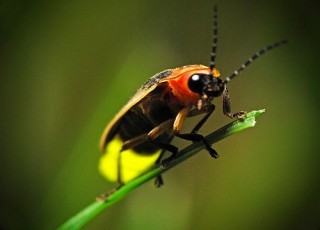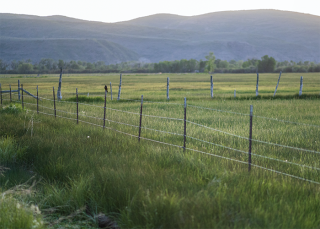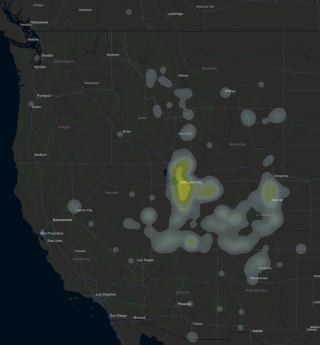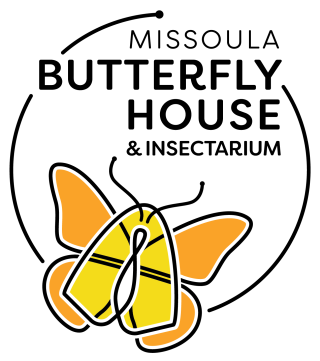Western Firefly Project: A Community Science Initiative
Did you know there are fireflies in Utah, and other western states?

GeoEric | geocaching.com
The Western United States might be dry, but populations of fireflies can be found in ecosystems throughout at least 7 Western states. The Natural History Museum of Utah seeks public participation to learn more about locations of flashing fireflies across the West. NHMU has partnered with scientists at BYU and other researchers in western states to track under-studied firefly populations in Utah and beyond, with the help of citizen scientists who report sightings of fireflies.
Starting in 2014 as the Utah Firefly Citizen Science Project, the project expanded to other western states in 2019. Since then, the Western Firefly Project has confirmed new populations of fireflies in 28 of Utah's 29 Counties, and in Colorado, Idaho, Montana, New Mexico, Nevada, and Wyoming.
What are fireflies?
Fireflies, also called lightning bugs, are beetles. Both males and females light up as a way to attract mates and deter predators. The oldest specimen in Utah is housed at the Natural History Museum of Utah, collected in 1929. Fireflies are not new to Utah, but we have much to learn about them. They are most often found in wet habitats from late May to early July (although outside Utah, populations might surprise us!) and start flashing around dusk or sometimes later.
Join the Western Firefly Project
Today, research benefits tremendously from the discoveries and contributions of citizen scientists around the world. The Western Firefly project depends on members of the community reporting sightings of fireflies to our survey. If you have observed fireflies in Utah, Arizona, Colorado, Idaho, Montana, New Mexico, Nevada, Oregon or Wyoming, follow this link to submit your sightings.
Fireflies in Utah

- Seasonality: Late May to early July is prime firefly spotting season in Utah, so keep your eyes peeled if you're exploring wet habitats during this window
- Timing: Fireflies generally begin flashing after 9:30pm
- Habitats: Fireflies require wet habitats and darker skies. A wet meadow away from city or building lights (see image) is prime firefly habitat in Utah
More About Fireflies
Geneticists at BYU are researching the relationships of various firefly species in Utah and how they - separated by hundreds of miles and geographical barriers - relate to the Eastern U.S. populations.
Find more information about fireflies here. To learn more about Bioluminescence, click here. Or, watch the video below to learn about one location that commonly sees fireflies in Utah. If you would like to contribute firefly data from eastern U.S. states, submit your firefly sightings to Firefly Watch.
Western Firefly Project Map:
This heat map shows recorded firefly sightings, which continues to grow thanks to participation from citizen scientists throughout the West!

Thanks to Our Program Partners:

|

|

|

|


